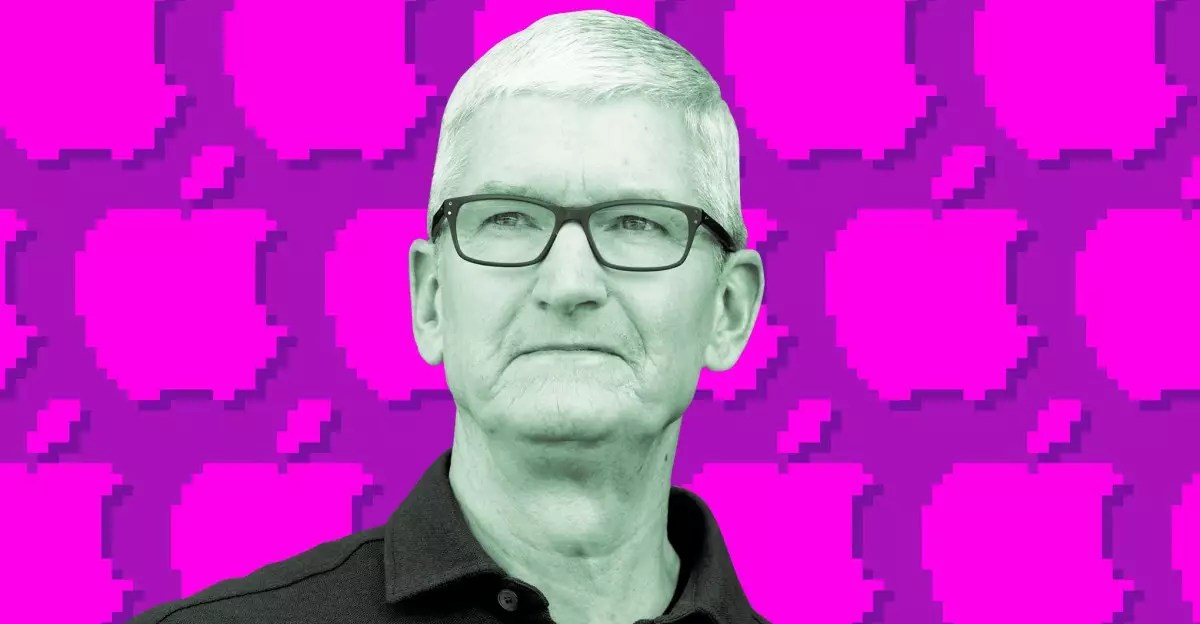In a landscape where technology evolves with relentless speed, Apple’s recent all-hands meeting signals a pivotal moment in its pursuit of artificial intelligence mastery. CEO Tim Cook’s rallying cry emphasizes that AI is not just another feature but an unprecedented revolution—comparable in magnitude to the advent of the internet or smartphones. While the company has often lagged behind in pioneering new categories initially, it excels at redefining and perfecting these domains once the technology matures. This mindset suggests that Apple is poised to take a slower, more deliberate approach with AI, prioritizing quality and user experience over hasty launches that could undermine its brand reputation.
What stands out from Cook’s message is the emphasis on making a concerted, committed investment. His declaration—that AI is “ours to grab”—implies a strategic push to become a dominant player not by racing to be first but by ensuring that the solutions Apple delivers set industry standards. This approach represents a nuanced understanding of technological leadership; Apple recognizes that rushing AI features without delivering on quality risks erosion of consumer trust, which it has meticulously cultivated over decades. Instead, the company appears to be betting on leveraging its vast ecosystem, hardware-software integration, and brand loyalty to carve a unique path in AI development.
Internal Challenges and Lessons from the Past
Despite this ambitious vision, Apple faces significant internal hurdles. The delay of its AI-powered Siri upgrade underscores the difficulty of integrating nascent AI technologies into a seamless user experience. The initially planned hybrid architecture, which aimed to split tasks between traditional systems and LLMs (Large Language Models), was ultimately scrapped because it fell short of the company’s exacting standards. This reveals that, even for a company renowned for polished, intuitive products, AI development is inherently complex and fraught with setbacks.
Moreover, the departure of AI talent to competitors like Meta highlights a more systemic challenge. In the race to develop superintelligent systems, Apple is losing some of its brightest minds to companies aggressively investing in AI’s frontier. This talent drain underscores the necessity for Apple not only to accelerate its internal development but also to refine its hiring and retention strategies if it aims to stay relevant in the rapidly evolving AI landscape.
Can Apple Sustain Its Iconic Edge in AI?
The real question is whether Apple’s measured approach will yield the innovative breakthroughs it claims to seek. Historically, the company has thrived by setting high standards and waiting for the right moment to lead. However, AI’s rapid advances mean that lagging or hesitating could come at a cost—becoming a follower rather than a pioneer. If Apple continues to prioritize quality over speed, it might eventually produce game-changing AI features that redefine user expectations across its entire product line.
What remains to be seen is whether this cautious, quality-driven strategy will be enough to outpace competitors who are flooding the market with AI innovations with less regard for perfection. Apple’s ability to effectively integrate cutting-edge AI into its ecosystem—without compromising its hallmark user-centric design—will determine whether it can retain its iconic status or slip into the background of the next technological frontier.


Leave a Reply